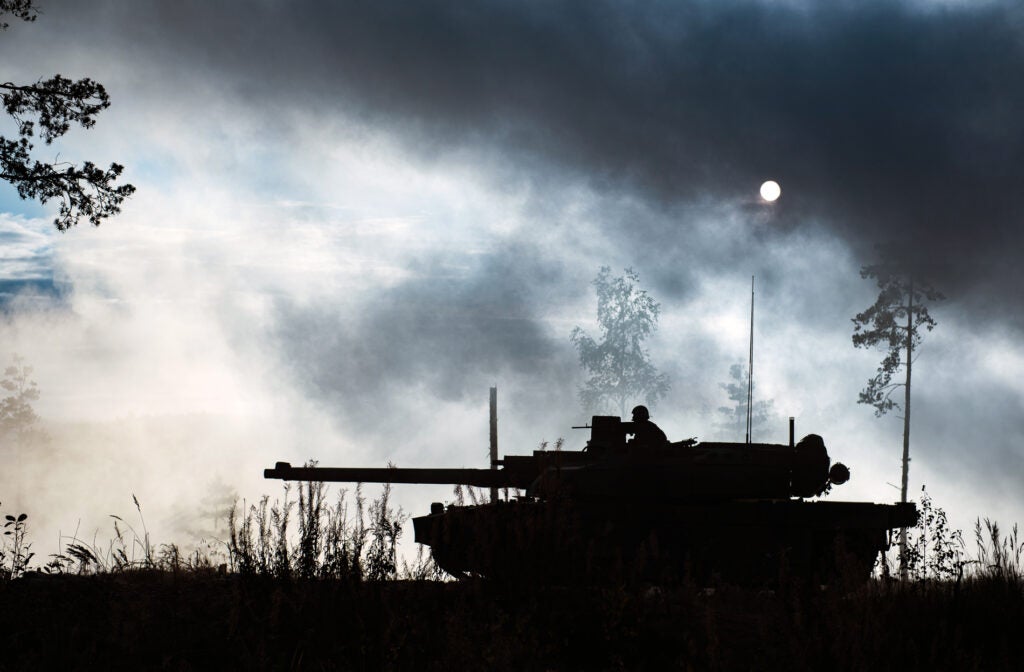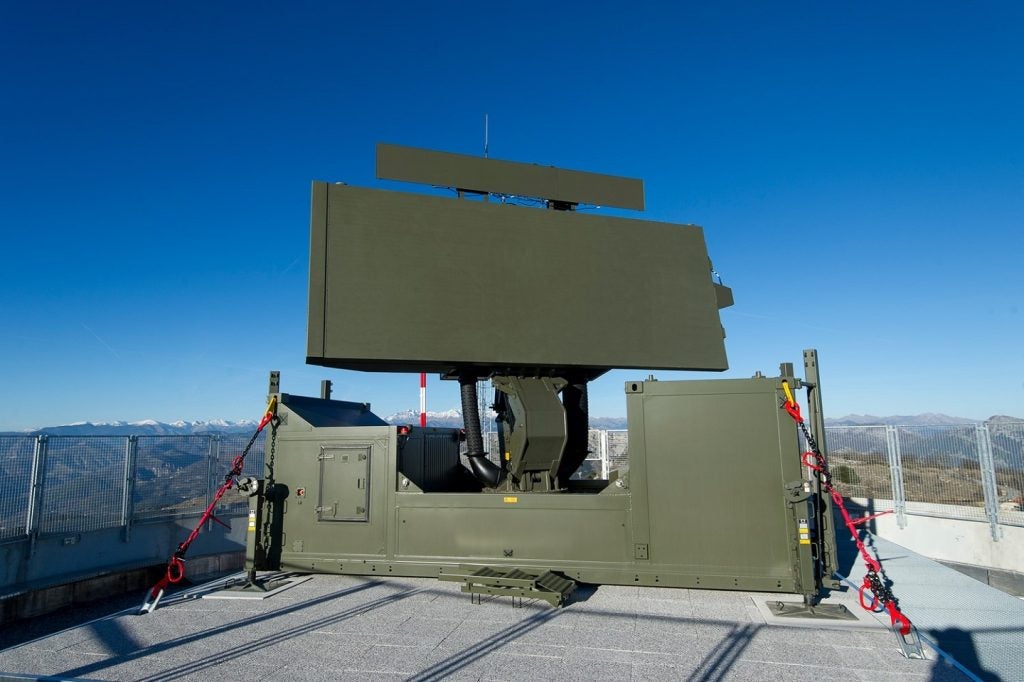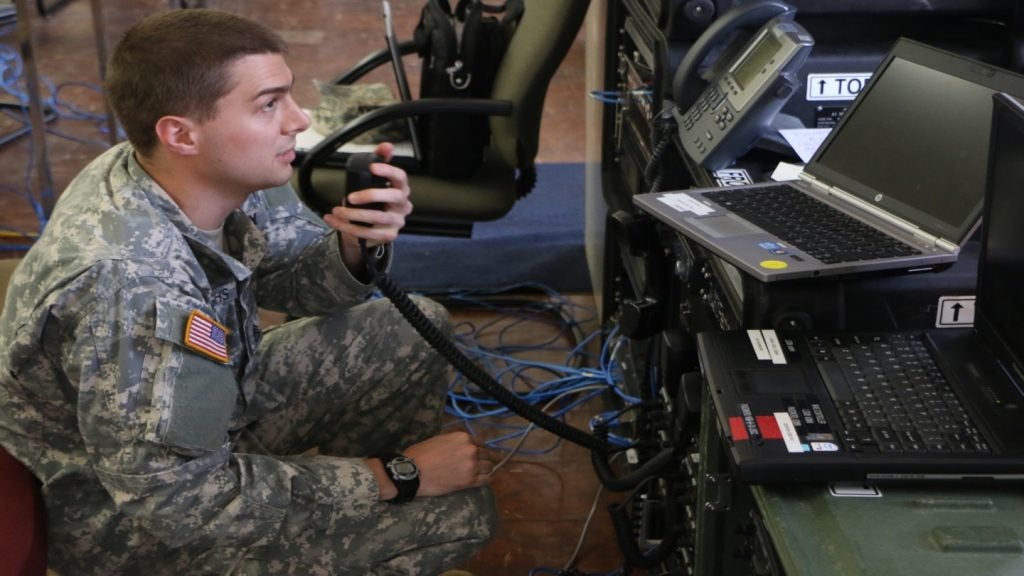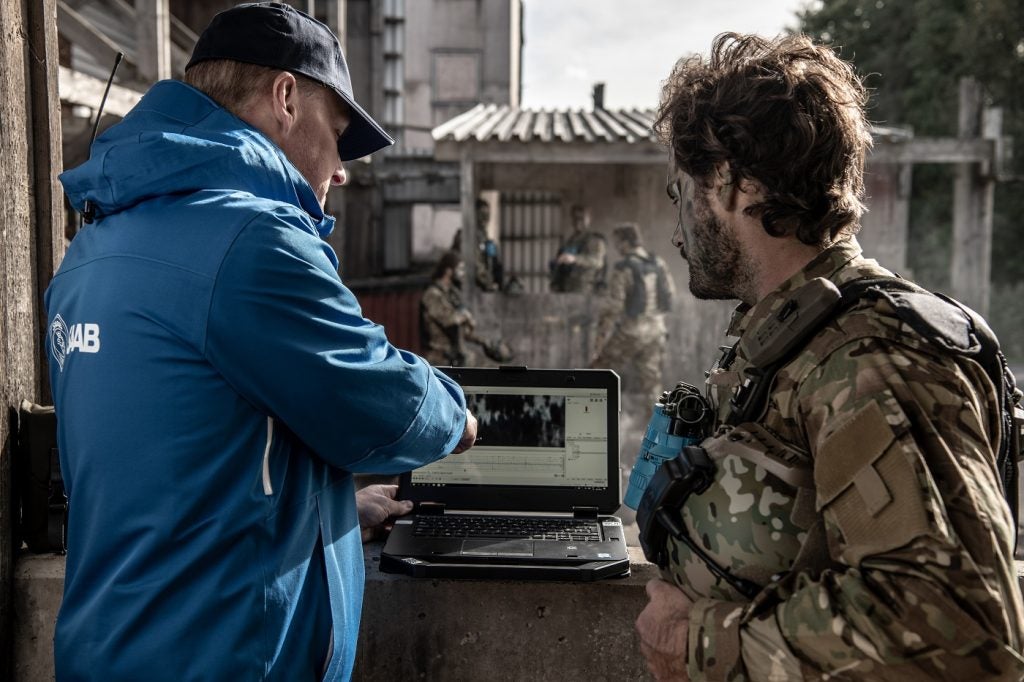The Ground Forces Command of the Israeli Defense Forces (IDF) has established a new, advanced laboratory to better support training requirements of its soldiers.
Equipped with advanced simulators, the laboratory is primarily designed to enable the companies to practice complex battle scenarios to enhance their mission readiness without requiring a live-fire exercise.
Manufactured by the Military Research Department, the simulators are capable of creating a broad spectrum of real-time operational scenarios by precisely replicating enemy figures, weapons and territory during training sorties.
The laboratory has already hosted a joint training programme for the soldiers from the Givati Brigade’s Anti-Tank Company and Military Research and Light Arms Departments officials in early January 2013.
Training featured six scenarios every day, each lasting for an average of 40 minutes, until all the targets were destroyed and planned objectives were achieved.
See Also:
Light Arms Department officer captain Itai said the idea behind conducting maximum possible scenarios was to test whether similar results and statistical significance could be achieved every time.
How well do you really know your competitors?
Access the most comprehensive Company Profiles on the market, powered by GlobalData. Save hours of research. Gain competitive edge.

Thank you!
Your download email will arrive shortly
Not ready to buy yet? Download a free sample
We are confident about the unique quality of our Company Profiles. However, we want you to make the most beneficial decision for your business, so we offer a free sample that you can download by submitting the below form
By GlobalData"In the next scenario, we’ll add more enemy fighters to the mission, we’ll upgrade [the enemy’s] weapons and maybe we’ll bring them closer to our soldiers,” Itai added.
"It is necessary to change the scenarios slightly each time in order to challenge the soldiers."
Mission strategies for each scenario were planned in advance by the battalion commander, and each soldier assigned one of the posts they had been specifically trained for.
Difficulty level was increased for each scenario, and the simulation was broadcast on a television screen from every angle in an effort to help participants perform better in the battlefield.







